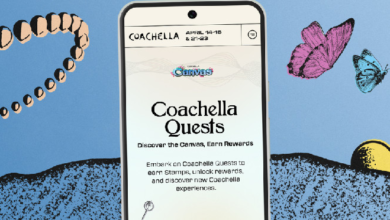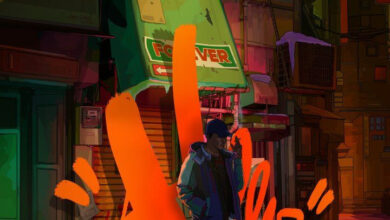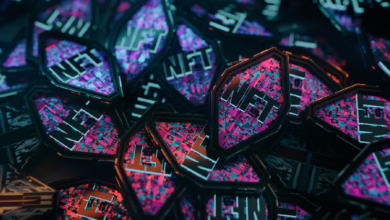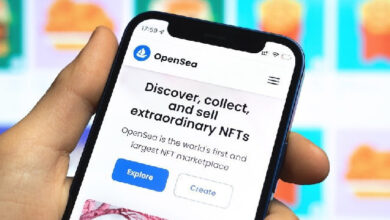How Fellowship’s Second Exhibition Shines a Light on AI Video
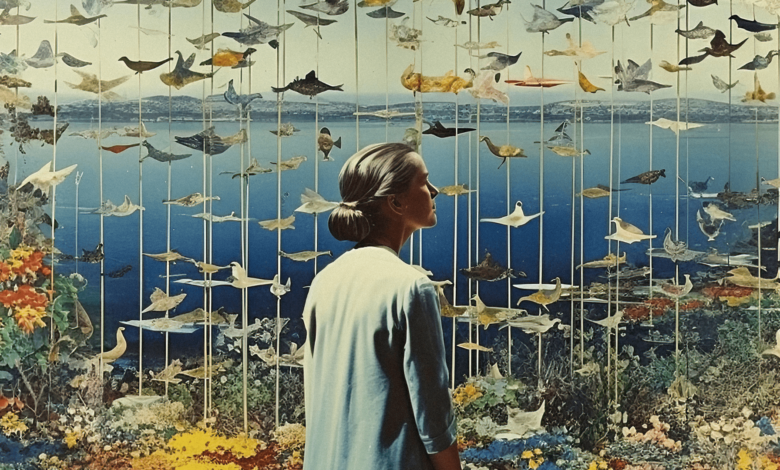
If the prominent rise of AI art tools in the last year can be described as an uncharted ocean of creative possibility, then the Web3 photography platform Fellowship is one of the boldest and most capable ships navigating its waves. In April, the platform launched Post-Photographic Perspectives, its inaugural AI-focused art show featuring the mind-expanding and socially introspective works of artists like Roope Rainisto, Katie Morris, Jess Mac, Charlie Engman, and more.
The follow-up to that show, entitled Acceptable Realities, arrives on July 10 and is divided into two parts, one dedicated to the growing genre of AI video experimentation and the other to photographic AI stills. The new project explores the ways AI continues to enable an expansion of the possibilities of the art of the lens. It features a roster of 14 artists, including Felipe Posada, Alkan Avcıoğlu, Beth Frey, Irina Angles, Frank Manzano, and more, whose work is being curated by crypto art heavy hitters like Grant Riven Yun Ivona Tau, Roope Rainisto, and Pindar Van Arman.
We sat down with Fellowship’s co-founder, Alejandro Cartagena, to talk about the platform’s second show, how and why the AI video scene is exploding, and what it takes to create real value for a Web3 community of holders.
nft now: Let’s dive into Acceptable Realities, the second installation of Fellowship’s Post Photographic Perspectives series. How does it feel to have had such a successful launch back in April, and what feelings do you have on the cusp of this second show?
Alejandro Cartagena: Fellowship has been going since 2021. We’d been putting off the idea of a mint pass for a long time because we thought, ‘What can we actually really deliver?’ Then we saw this opportunity of building a series of exhibitions because there’s so much talent out there, and we were scouting all over the world for new artists. We said, ‘Okay, this is something we can commit to, and we can over-deliver on this.’
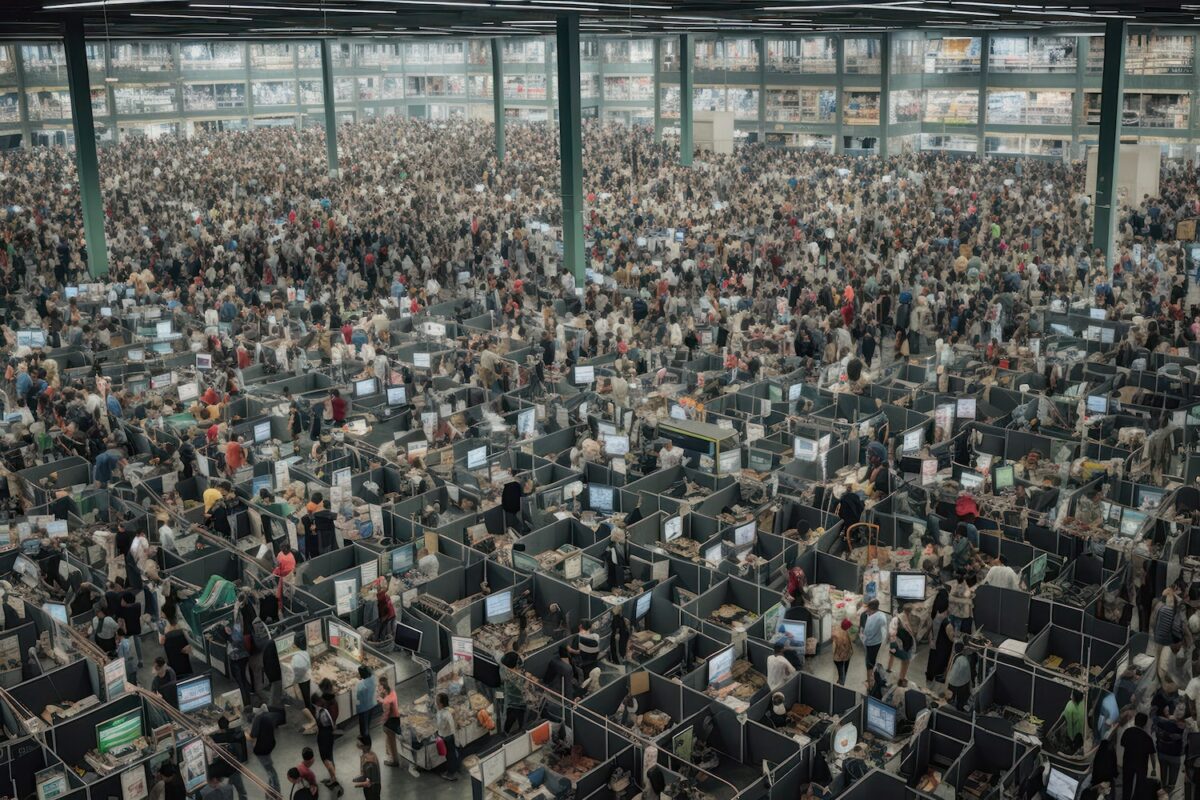
The idea was that you buy the pass, and it’s a yearly subscription. This is what we’re going to promise for this year. This is what we’re fully committed to, and boom, we’re on it. The commitment is to do three amazing collections. With this second one, we’re introducing video. It’s a series. It’s a commitment to the collectors who said, ‘Hey, we believe in the curation that you’re doing; go out and find great talent,’ and that’s what we’re doing for them.
Things are evolving so quickly, and exhibitions are kind of dated in that sense. [These shows] speak about the technological moments when those images were created. In this second iteration, you see [AI] video, which, when we launched the first show video was really shitty. Now artists are doing things with video and just going berserk. They’re mixing tools. They’re mixing CGI with 3D modeling, with building their own Stable Diffusion models. That wasn’t there three months ago.
nft now: You’ve got artists like Grant Yun and Ivona Tau and collectors like Studio137 and ayybee as part of the curatorial committee for the show. Apart from wanting to include well-known and respected artists and figures in the community, how did the Fellowship team decide who they wanted to be a part of that group?
AC: After the first launch, it was amazing. Everybody sold out their collections. The pressure was on. It’s up from there, right? Or staying at the same level, you can’t go down. One of the things that we were encountering over and over were these collectors and artists saying, hey, if you need any help, I’d love to take a look at you’re what you’re going to do next.
I’ve been part of a lot of selection committees before. It’s a consensus of artists that are doing things that are really cool and collectors that are actually buying work. So, it was a very difficult process because there were artists we favored that didn’t make the cut because there wasn’t a consensus amongst the collectors and artists.
But in the end, we think that is the best way. I mean, it’s not a DAO thing. It’s not about governance. It’s about what work resonates the most in this particular moment. Let’s bring in thought leaders to help us pinpoint who those people are. The people who were selected were selected because they resonated the best with the people we invited.
nft now: Some might feel that including Grant Yun, a minimal Precisionist artist who doesn’t operate in the AI space, is a curious choice for the show’s selection committee. How do you respond to that?
“It’s not about finding like-minded people in the aesthetics, but like-minded people in the commitment to their art and their practice.”
Alejandro Cartagena
AC: I’ve been following Grant for a while, and we’ve had short dialogues in the past about photography. He’s a committed artist, and even though he doesn’t talk too much about AI, we’ve seen that he’s collected AI work and that he’s interested in looking at that world. Mainly, he just knows what he’s doing. We want him to spot people that he feels that also at the level of what he’s doing, too. It’s all about that. It’s not about finding like-minded people in the aesthetics, but like-minded people in the commitment to their art and their practice.
nft now: Let’s talk about the thematic guidelines at work behind Acceptable Realities. AI art advocates are still in the midst of heated conversations about the movement’s legitimacy and what is and is not ‘acceptable’ as art. How do these concepts play into what kinds of works the artists created for the show?
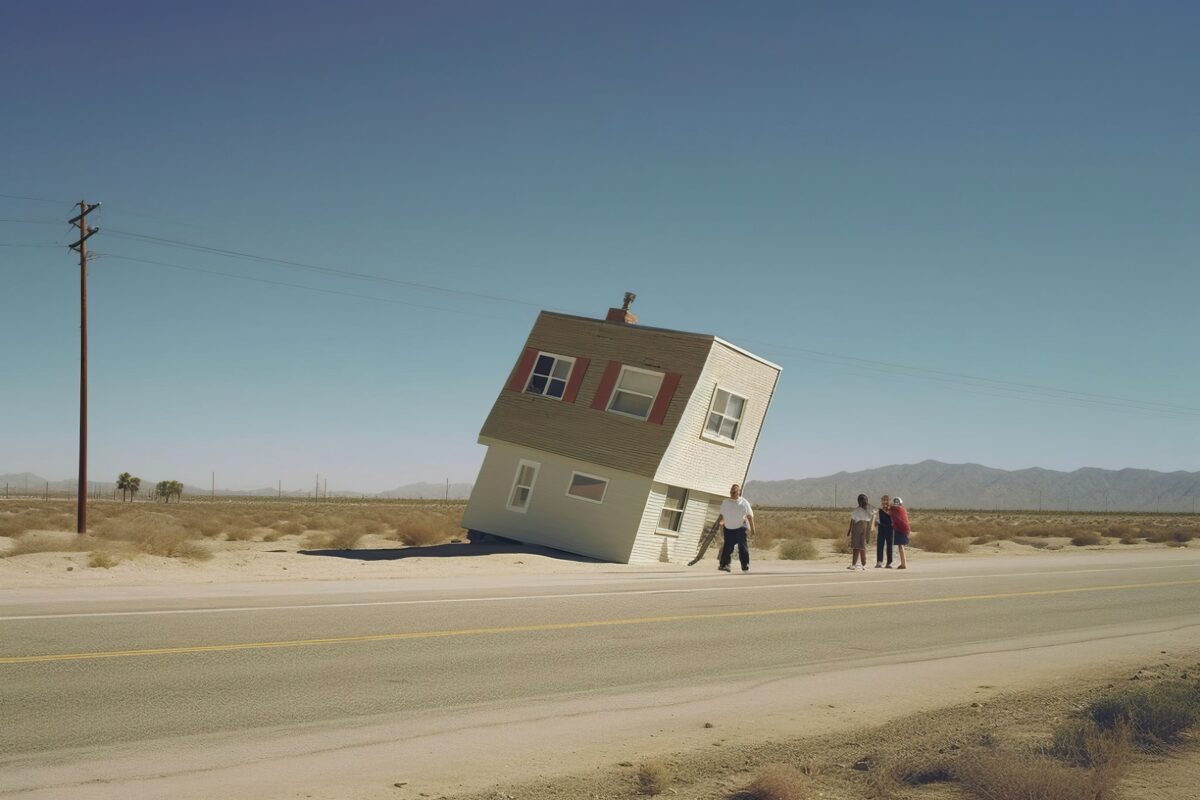
AC: For me, it was this conundrum space. I’ve never heard of this idea, an ‘acceptable reality.’ What does that even mean? For me, that was perfect to [capture] the moment that we’re living in with AI art. What is this? And with ‘reality,’ we wanted to play with the photographic-ness of these images. Because they’re not real. It’s evident that they’re not real, but they’re acceptable enough that you can maybe consider them real. It’s a play on words, a play on the photographic medium, a play on the AI medium, and where those things collide.
nft now: Acceptable Realities leads off with its AI video artist submissions and gives collectors a three-day window to engage with that art before the still images portion of the show begins. Why carve out more of a space for AI video in this show?
AC: More than a new trend, it’s the way that video works compared to still images. Video needs time. Video needs a little bit more space for people to understand what they’re looking at. So starting June 10, every day for four days, there’s a single artist solo show, and they’re all auctions.
The minimum bid is 0.01 ETH, so it’s really affordable. Not all of the artists are producing the same number of works, so we wanted to have a sales mechanic that is respectful to the artwork itself. One of the things that we’re super focused on at Fellowship is creating a really unique acquisition experience for collectors. You’re going to see the works one week in advance so that you can come in and see what you like. You can also keep a watchlist on pieces you’re thinking of. Once the bids start, you can filter through highest to lowest bids.
We’re creating an experience where it’s focused on collecting efficiently. To me, that is the ethos of Web3, making an efficient acquisition market for art.
“There’s an unease to the images because you feel that it’s wrong. But you cannot stop trying to understand what you’re looking at. And that sensation is what’s exciting about AI video.”
Alejandro Cartagena
nft now: The technological jumps that AI art tools are making these days are not insignificant by any metric. What has it been like for you, as someone steeped in the art and history of photography and image, to see this evolution take place?
AC: It’s, it’s a fascinating thing to watch. The feeling of uncertainty is a fascinating thing for me in arts. For commercial use, I’m sure that people think it sucks; they say it’s not even rendering correctly, and so on. But that’s actually really cool. That it’s not factual, yet you understand it. And that is the power of art. It’s about suggestion.
AI video is doing exactly that. It’s tapping into our collective consciousness of what we’ve seen as a beer commercial, as a car commercial. So AI is using, as it does with stills, known ideas but pulling and pushing them out half-baked. There’s an unease to the images because you feel that it’s wrong. But you cannot stop trying to understand what you’re looking at. That sensation is what’s exciting about AI video. Stills have been doing this for a while, but seeing it in video, seeing that extra layer of unknown narrative — that’s the novelty of video for me right now.


